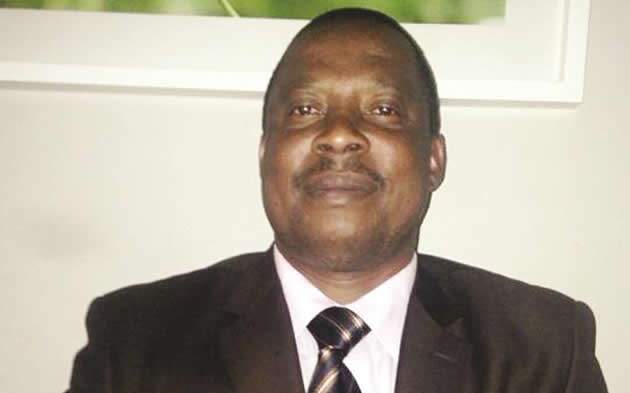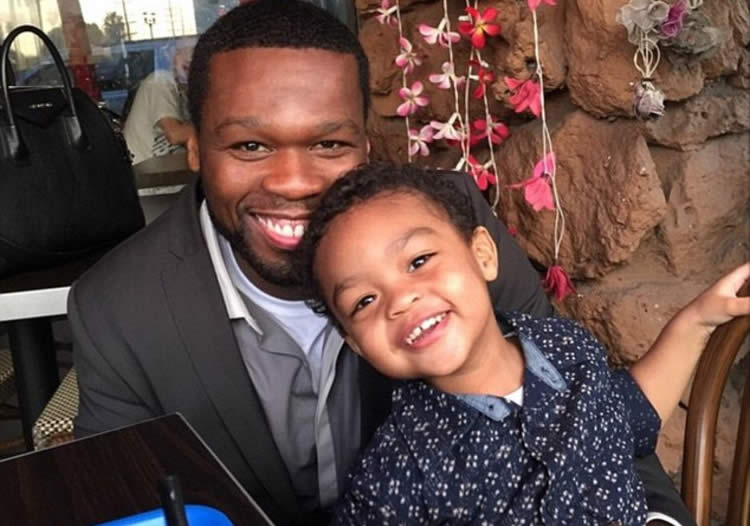Zim has 20 000 unqualified teachers

Nyemudzai Kakore Herald Reporter
There is a severe shortage of qualified teachers in primary and secondary schools in the country which has forced Government to recruit more than 20 000 unqualified personnel to fill in the gap, the Ministry of Primary and Secondary Education has revealed.
The number of unqualified teachers stood at 12 713 in 2012 out of nearly 100 000 teachers in the country’s schools.
Also Read…
The ministry said in its annual statistical report for 2013 released on Friday last week, that the shortage of qualified teachers had triggered a surge in the pupil-to-teacher ratio.
The ministry said secondary schools had more unqualified teachers compared to primary schools.
“A total of 10 341 are unqualified to teach at primary level, while secondary schools account for 11 519,” said the ministry. “Matabeleland North province at primary level has the highest number of unqualified teachers, recording 1 953 against a total of 4 793 followed by Mashonaland Central with 1 853 unqualified teachers against 4 579 qualified teachers followed by Mashonaland West and Midlands respectively.
“Masvingo province recorded the highest number of qualified teachers with 9 994 of its teaching staff having teaching diplomas and degrees and has only 491 unqualified teachers.”
Mashonaland East at secondary level has 1 600 unqualified teachers against 3 367 qualified teachers with Mashonaland Central having 1 164 unqualified teachers against 1 960 who are qualified. Support should be given to these provinces to obtain suitable qualifications.”
According to the ministry, there are more pupils to a qualified teacher in non-government schools than in government schools.
The ministry also said there were more qualified teachers for languages than Mathematics and sciences at secondary level.
In 2013, there were a total of 3 520 qualified teachers for Mathematics, 3 257 for Science, 5 169 for English and 5 981 for local languages (Shona and Ndebele).
The ministry pegs the average pupil to qualified teacher ratio for primary schools at 42:1 and at secondary at 31:1.
Zimbabwe Teachers’ Association chief executive Mr Sifiso Ndlovu said the situation was unacceptable.
“The teacher/pupil ratio should be re-looked,” he said. “The number of unqualified teachers is a bad development because when you give children unqualified teachers you are guaranteeing them poor education and poor pass rates.”
A number of teachers left the country at the height of sanctions-induced economic hardships and are working in regional countries like South Africa and Botswana.
An amnesty extended to qualified teachers who had unceremoniously left the field failed to reap positive results as the recruitment process was either cumbersome or some teachers simply ignored calls to return home.
Despite the challenges rocking the education sector, Zimbabwe has the highest literacy rate in Africa at 91 percent.
A 2012 report by the then Ministry of Education, Sport, Arts and Culture showed that Government employed 98 446 teachers.











Comments